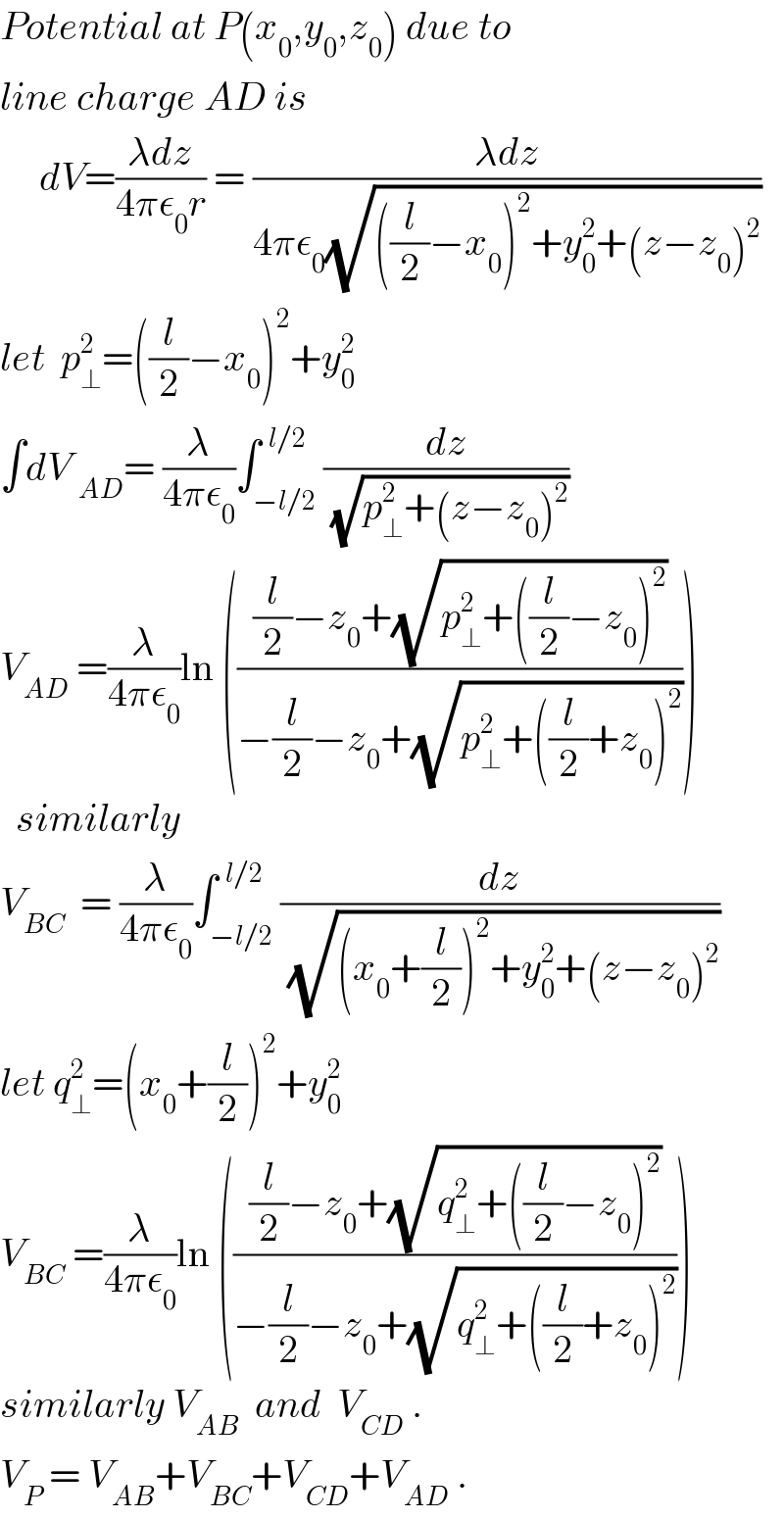
Question and Answers Forum
Question Number 35851 by ajfour last updated on 24/May/18

Commented by ajfour last updated on 25/May/18

Answered by ajfour last updated on 25/May/18

| ||
Question and Answers Forum | ||
Question Number 35851 by ajfour last updated on 24/May/18 | ||
 | ||
Commented by ajfour last updated on 25/May/18 | ||
 | ||
Answered by ajfour last updated on 25/May/18 | ||
 | ||
| ||